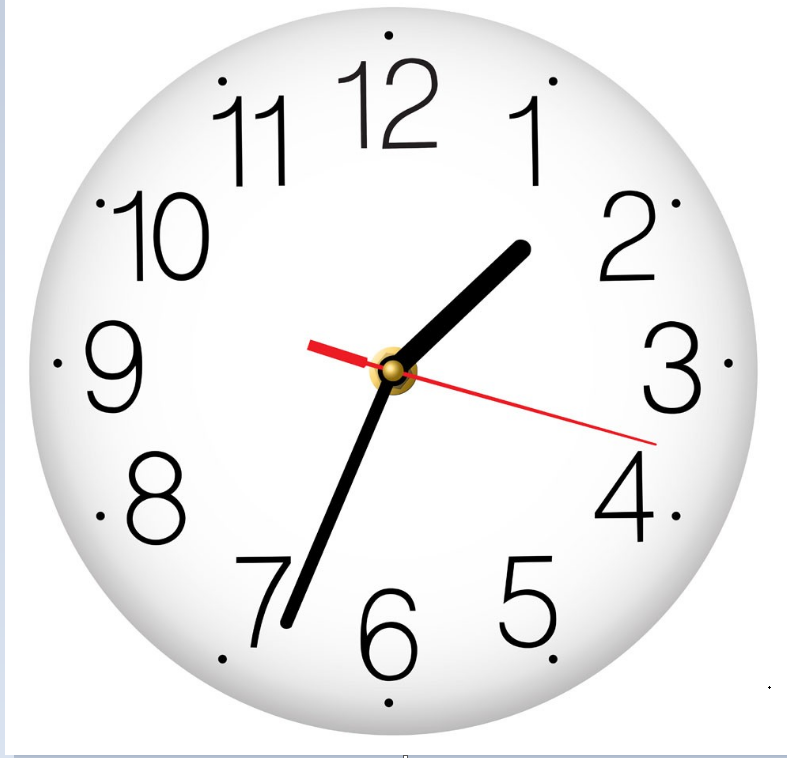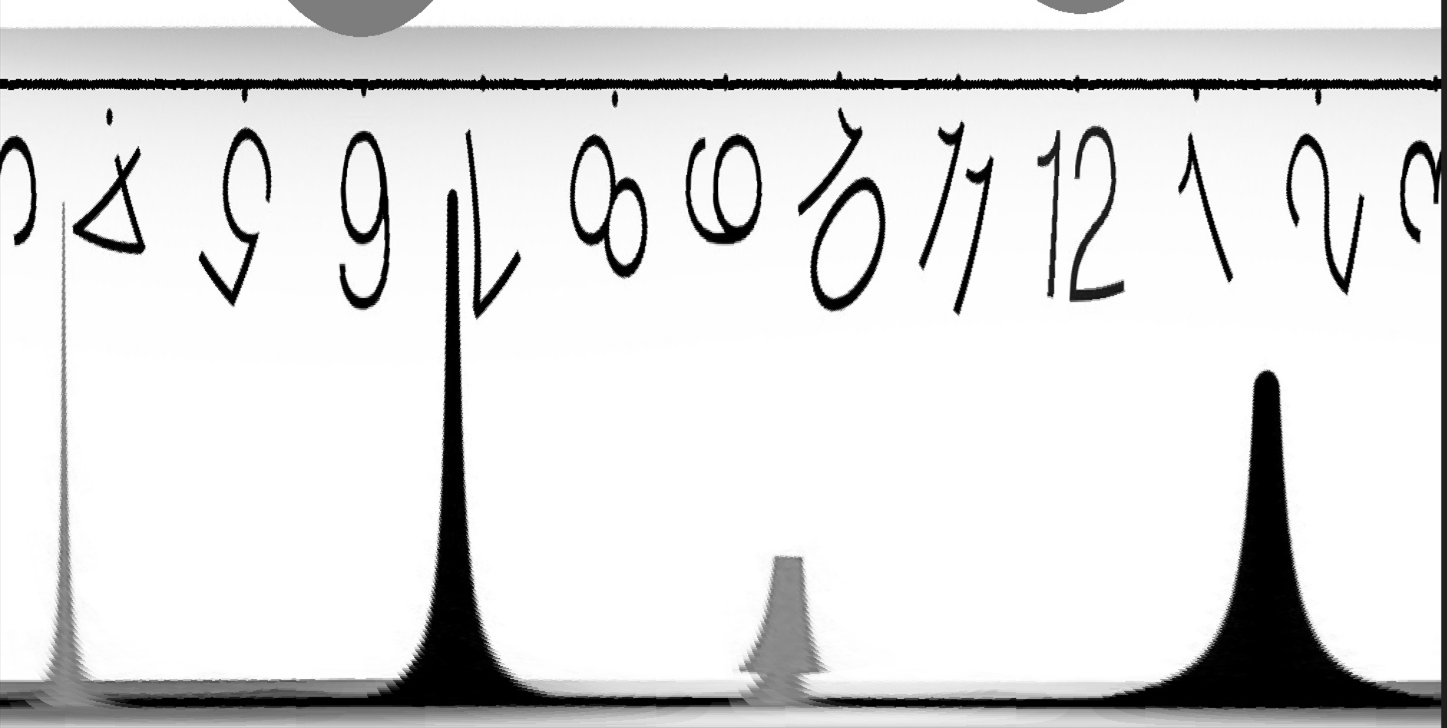python opencv极坐标变换效果


import math import numpy as np import cv2 def print_hi(str): print('hi,'+str) def print_3(str): print('hi3,'+str) def polar2(I, center, r, theta=(0, 360), rstep=0.52, thetastep=360.0/(180*8)): #def polar2(I, center, r, theta=(0, 360), rstep=0.5, thetastep=1.0/4): """ 最近邻插值方法 """ cx, cy = center minr, maxr = r mintheta, maxtheta = theta h = int((maxr-minr)/rstep)+1 w = int((maxtheta-mintheta)/thetastep)+1 O33 = 125*np.ones((h, w), I.dtype) #cv2.imshow('i',O33) # 极坐标变换 r = np.linspace(minr, maxr, h) # 生成等差数列,minr起始,maxr终止,生成h个 r = np.tile(r, (w, 1)) r = np.transpose(r)#转置 theta = np.linspace(mintheta, maxtheta, w) theta = np.tile(theta, (h, 1)) x1, y1 = cv2.polarToCart(r, theta, angleInDegrees=True) # 默认是角度表示,也可以幅度表示 # 最近邻插值 for i in range(h): for j in range(w): px = int(round(x1[i][j])+cx) #近邻 py = int(round(y1[i][j])+cy) #近邻 if ((px >= 0 and px <= w-1) and (py >= 0 and py <= h-1)): O33[i][j] = I[py][px] return O33 if __name__ == "__main__": print_hi('极坐标') print('坐标11,13以0,0为中心极坐标转换') r = math.sqrt(math.pow(11, 2)+math.pow(13, 2)) theta = math.atan2(13, 11)/math.pi*180 print('r and theta value:', r, theta) print('坐标11,13以3,5为中心极坐标转换') r2 = math.sqrt(math.pow(11-3, 2)+math.pow(13-5, 2)) theta2 = math.atan2(13-5, 11-3)/math.pi*180 print('r2 and theta2 value:', r2, theta2) ''' 举例:计算: (0,0)、(1,0)、(2,0)、(0,1)、(1,1)、(2,1)、 (0,2)、(1,2)、(2,2)这9个点以(1,1)为中心进行的极坐标变换。首先将坐 标原点移动到(1,1)处,按照平移仿射矩阵计算出这9个点平移后的新坐标值,然后利 用函数cartToPolar进行极坐标变换 x的第1位,是第一个坐标x的值, y的第1位,是第一个坐标y的值, ''' x = np.array([[0, 1, 2], [0, 1, 2], [0, 1, 2]], np.float64)-1 y = np.array([[0, 0, 0], [1, 1, 1], [2, 2, 2]], np.float64)-1 r, theta = cv2.cartToPolar(x, y, angleInDegrees=True) print('r:\n', r, '\ntheta:\n', theta) ''' 举例:已知极坐标系θor中的(30,10)、(31,10)、(30,11)、(31,11), 其中θ是以角度表示的,问笛卡儿坐标系xoy中的哪四个坐标以(-12,15)为中心经过极 坐标变换后得到这四个坐标 ''' # 将极坐标转换为笛卡儿坐标 print("") angle = np.array([[30, 31], [30, 31]], np.float32) r = np.array([[10, 10], [11, 11]], np.float32) x, y = cv2.polarToCart(r, angle, angleInDegrees=True) print_3('scott') x += -12 y += 15 print('x:', x) print('y:', y) ''' x: [[-3.3397446 -3.4283257] [-2.4737196 -2.5711575]] y: [[20. 20.150383] [20.5 20.66542 ]] ''' a_1 = np.array([[1, 2], [3, 4]]) b_1 = np.tile(a_1, (2, 3)) # 2行3列,6个(1,2,3,4) print(b_1) I = cv2.imread(r'clock2.png', cv2.IMREAD_GRAYSCALE) h, w = I.shape[:2] cx, cy = 388, 371 # 极坐标中心,图像圆的中心 cv2.circle(I, (int(cx), int(cy)), 335, (0, 0, 0), 3) #画一个圆 #cv2.circle(I, (int(cx), int(cy)), 386-137, (0, 0, 0), 3) #画一个圆 O33 = polar2(I, (cx, cy), (0, 380)) # 距离的最小,最大半径 #O33 = polar2(I, (cx, cy), (386-200, 390-23)) # 距离的最小,最大半径386-137 # O33 = cv2.flip(O, 0) # 第一个参数是欧(O),不是零(0),写错了就没有结果显示了 O33 = cv2.flip(O33, 0) # ==0绕X轴翻转 cv2.imwrite('jizuobiao.jpg',O33) #只能创建英文文件名 # O33 = cv2.flip(O33, 1) # >0绕Y轴翻转 # O33 = cv2.flip(O33, -1) # <0:先绕X轴翻转,再绕Y轴翻转 print('显示原图') #cv2.imshow('I', I) print('显示输出') cv2.imshow('O33', O33) cv2.waitKey(0) cv2.destroyAllWindows()
欢迎讨论,相互学习。
cdtxw@foxmail.com





【推荐】国内首个AI IDE,深度理解中文开发场景,立即下载体验Trae
【推荐】编程新体验,更懂你的AI,立即体验豆包MarsCode编程助手
【推荐】抖音旗下AI助手豆包,你的智能百科全书,全免费不限次数
【推荐】轻量又高性能的 SSH 工具 IShell:AI 加持,快人一步
· 震惊!C++程序真的从main开始吗?99%的程序员都答错了
· 别再用vector<bool>了!Google高级工程师:这可能是STL最大的设计失误
· 单元测试从入门到精通
· 【硬核科普】Trae如何「偷看」你的代码?零基础破解AI编程运行原理
· 上周热点回顾(3.3-3.9)
2021-02-26 关于VS2005使用VC++创建MFC智能设备应用程序,总是创建失败解决方法
2020-02-26 cb50a_c++_STL_算法_局部排序partial_sort
2020-02-26 cb49a_c++_STL_算法_对所有元素排序_sort_stable_sort
2020-02-26 cb48a_c++_STL_算法_重排和分区random_shuffle_stable_partition